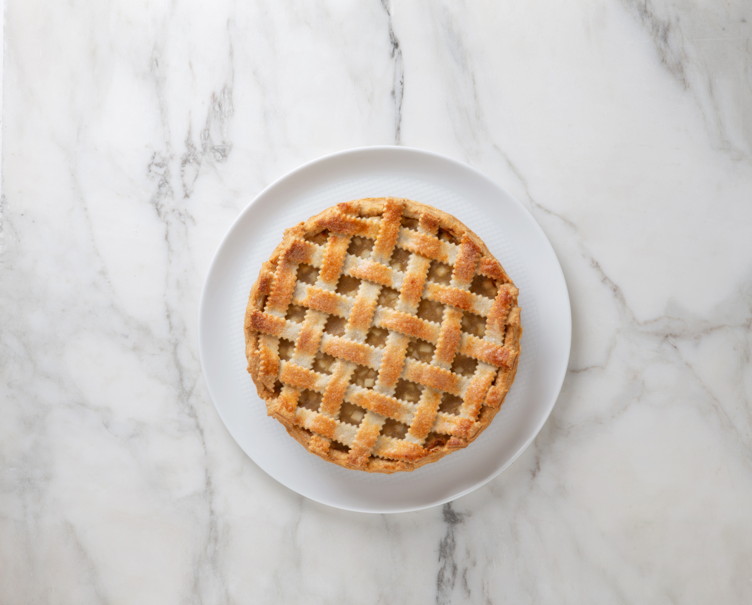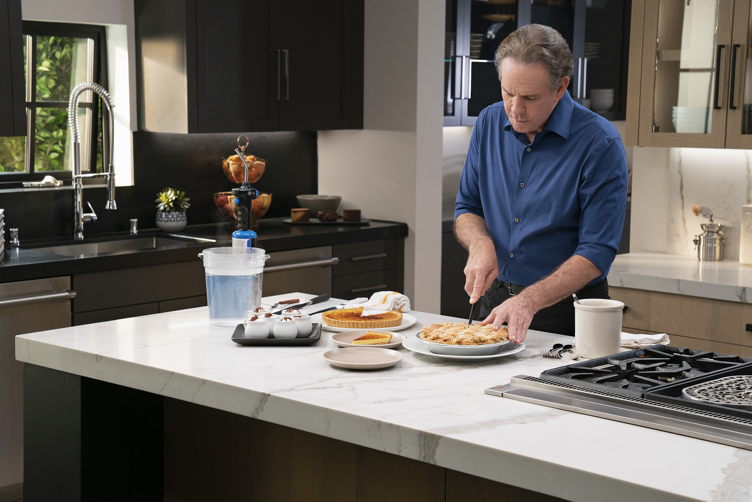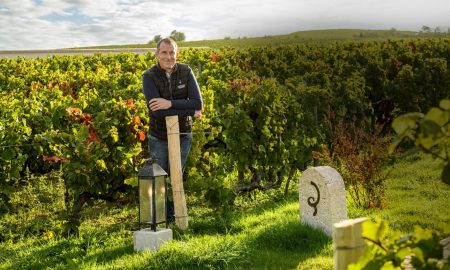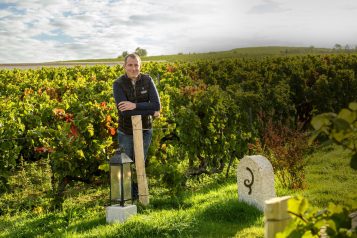 Photo Credit: MasterClass
Photo Credit: MasterClass
If you had the chance to learn from a culinary great—one whom has seven Michelin stars total and has the distinction of being the only American chef to have been awarded simultaneous three star Michelin ratings for two different restaurants—would you take it? Because Thomas Keller—he of the three Michelin star restaurants The French Laundry in Napa Valley and Per Se in New York City (as well as the one star Bouchon) is teaching a MasterClass, and he’s given Haute Living a taste of what’s to come in the form of the ultimate holiday-friendly desert: apple pie. Just in time for Thanksgiving, the 64-year-old master chef shares his secrets into making the ultimate American dessert.

Let’s talk about your Masterclass. Thanks to MasterClass, people can learn how to become an amazing chef in the comfort of their own home, complete with one-on-one instruction from some of the best in the industry. What made you decide to take part in the experience?
Like anyone who ever learned to cook, I started from scratch. My first job was as a dishwasher in a Florida restaurant that my mother managed. It wasn’t glamorous work, but it taught me the importance of discipline and repetition, and of treating even the smallest details with the greatest care. Those lessons became the grounding principles of my work. They still are today. As my career progressed, and I improved as a cook, I was also guided by invaluable mentors, their numbers too many and their influence too profound for me to possibly do full justice to them here. One small way for me to give back is to try to serve as a mentor, too. Cooking, after all, is about sharing. Anytime we prepare food, we aren’t just making a meal. We’re nurturing one another and making memories that are best enjoyed with others. In that way, cooking is deeply personal, too. We put something of ourselves into everything we make. With MasterClass, students can keep that in mind. The platform we established allowed me to discuss concepts that are meant to provide a foundation. The classes also encourage students to make them your own; that was important to me, especially in this third class. Just as the students enjoyed the experience, I did as well.
Specifically, you show how to make apple pie. Why did you choose this particular dish? Do you have an apple pie memory in particular that made showcasing this dessert a no-brainer?
I associate apple pies with my childhood – my grandmother had apple trees, and she’d make pies for us in the fall. It’s classic and one of my favorite desserts. A slice of apple pie with a dollop of whipped cream, or better yet, with a scoop of vanilla ice cream, is the perfect way to end a meal. What makes this pie so great is largely due to the flaky crust. I wanted to demonstrate the techniques to make this wonderful crust that is so versatile that it can be used for dessert pies, as well as savory applications such as chicken pot pie. We’ve even used this dough for making savory black truffle “pop tarts” at The French Laundry.

What makes your apple pie a must-try this holiday season and what sets it apart ingredient-wise, preparation-wise, etc? For example, you mention Granny Smith apples are the best. Why?
I like to use Granny Smith apples because they’re hard, crisp, and tart, which provides balance in a sweet dessert. I use both grated apples and diced apples to give textural contrast, and I cook the mixture to evaporate some of the moisture from the apples, which is crucial to keeping the bottom pie crust flaky. One technique I use for any pie that has moisture, from apple pies to cherry pies, is to add a little cornstarch to the filling. As the pie bakes, the cornstarch activates to help thicken and set the filling.
What are some tips and tricks for making the ultimate apple pie?
The “ultimate apple pie” needs a great filling and more importantly, a great crust. For me, it’s all about the flakiness of a crust. To achieve a flaky crust, it starts with the ingredients. I like to use both lard and butter – lard is a stable fat that makes the dough easier to work with because it doesn’t soften as quickly, while butter has a wonderful flavor and helps make the pie crust flaky. Remember to keep the fats cold; otherwise, the fats will melt into the flour, resulting in a tough and doughy crust. I am careful not to overwork the dough and always make the pie dough the same day that the pie is being made. Refrigerating pie dough overnight makes the dough very firm, which means you’ll need to take the dough out of the refrigerator to temper it until it gets soft enough to roll out. You then run the risk of the fats softening so much that it melts into the flour, which again, would result in a doughy crust. For double-crust pies, such as the apple pie, I prefer to weave a lattice top, rather than having a solid top with a single vent hole. Not only do I prefer this aesthetically, but more importantly, a lattice top helps to vent the filling continuously, which keeps the bottom pie crust flaky. Lastly, I use a baking stone to help the crust and pie bake evenly.


























